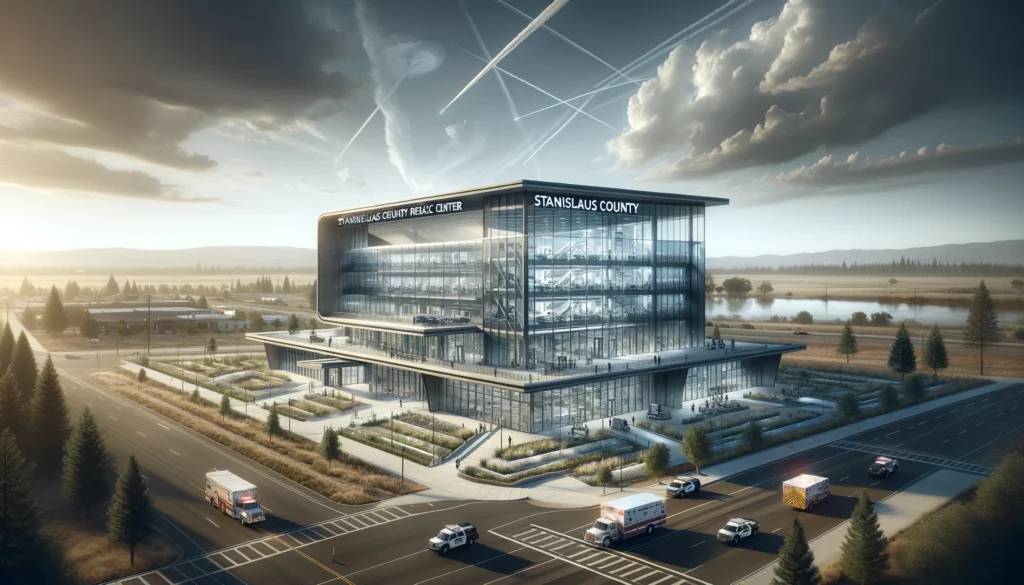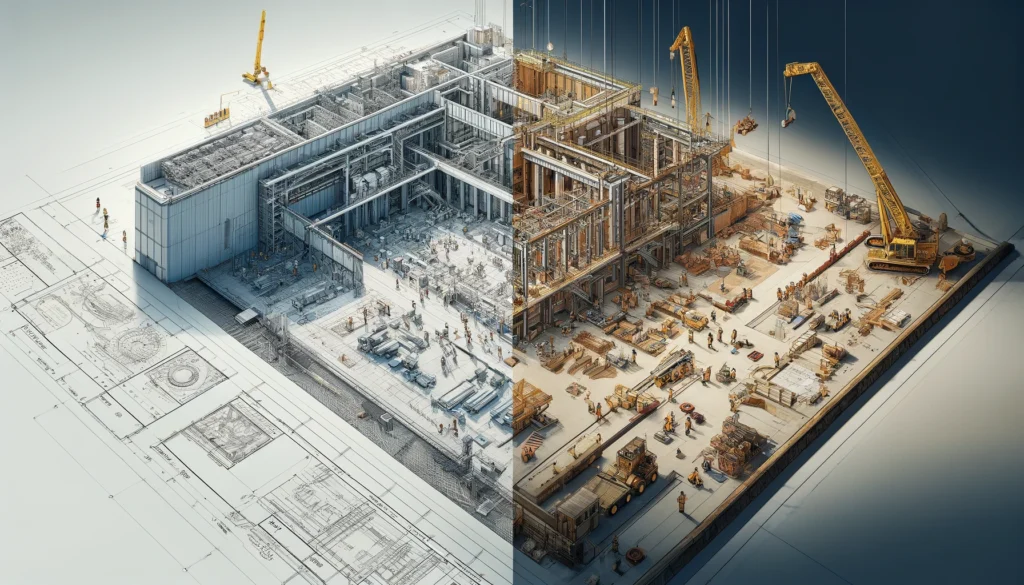Stanislaus County REACT Center: Innovative Public Safety Training
Table of Contents
- Introduction
- A New Approach to Public Safety
- The Design and Construction of the REACT Center
- Breaking the Cycle of Recidivism
- The Impact on Stanislaus County
- Looking Ahead
- Frequently Asked Questions (FAQs)
- Key Takeaways

In the heart of Modesto, where the Stanislaus County Public Safety Center stands as a testament to innovative public safety, a new chapter unfolds in the fight against recidivism and the push for safer communities. The Stanislaus County REACT Center is a game-changer, offering enhanced alternatives to custody training and re-entry programs that hold the key to reducing incarceration rates and fostering rehabilitation. As a bail bondsman at Bright Bail Bonds, I understand the system’s ins and outs, and I’m here to shed light on why this new facility is a beacon of hope for a better future.
A New Approach to Public Safety
Stanislaus County’s public safety landscape has seen a dramatic transformation with the opening of the REACT (Re-Entry and Enhanced Alternatives to Custody Training) Center. It’s not just another jail; it’s a symbol of a new approach to public safety. The county applied for state funding through the Adult Local Criminal Justice Facilities Construction Financing Program under Senate Bill 1022, receiving approximately $40 million. This funding, combined with a county-required match, brought the total project budget to over $90 million.
What sets the REACT Center apart is its focus on alternatives to traditional incarceration. It offers a range of programs designed to reduce recidivism and help inmates transition back into society. The center’s design-build approach, involving firms like Lionakis and LDA Partners, ensures that the facility is not only state-of-the-art but also conducive to rehabilitation and re-entry. The goal is simple: break the cycle of recidivism and give inmates the tools they need to succeed on the outside.

The Design and Construction of the REACT Center
The REACT Center’s design and construction reflect a deep understanding of the needs of both inmates and the community. With four transitional housing units and three minimum housing units, the center can accommodate up to 288 inmates. This flexibility allows for various custody levels, from maximum security to minimum security. The center also includes a new administration building, court-holding facilities, and a courtyard for recreational activities.
Inmates have access to vocational training, counseling, and medical and mental health care. The center even has 15 hospital beds to provide essential medical care when needed. This comprehensive approach addresses the root causes of recidivism, offering inmates the resources they need to turn their lives around.
Informative List
- 288 Inmate Beds: The REACT Center has a total capacity of 288 inmates, with flexibility for various custody levels.
- New Buildings and Facilities: The center comprises multiple new buildings, including four transitional housing units, three minimum housing units, an administration building, and court-holding facilities.
- Recreation and Visitation: The center offers recreational spaces and dedicated areas for inmate visitation, promoting well-being and family connections.
- Design-Build Approach: The project was completed using a design-build approach, with the project team consisting of HOK and other notable contractors.
- 40 Million in State Funding: The center received significant state funding, with $40 million granted through the Adult Local Criminal Justice Facilities Construction Financing Program under Senate Bill 1022.
- Downtown Modesto: While the REACT Center is located in Ceres, it replaced the antiquated downtown Modesto jail, reducing the burden on older facilities.
- Day Reporting Center: Inmates have access to a day reporting center that facilitates daily check-ins, counseling, and vocational training.
- Stanislaus County Sheriff’s Department: The center operates under the supervision of the Stanislaus County Sheriff’s Department, ensuring compliance with local law enforcement protocols.
- Booking and Court Holding: The new center includes modern booking facilities and court holding spaces, replacing the older, less efficient structures.
Breaking the Cycle of Recidivism
One of the primary goals of the REACT Center is to break the cycle of recidivism. This is achieved through a combination of enhanced alternatives to custody training, counseling, and vocational programs. By providing inmates with the skills and support they need to re-enter society, the center reduces the likelihood of re-offending and helps create safer communities.
The center’s day reporting program is a critical component of this effort. It allows inmates to check in daily, receive counseling, and participate in vocational training. This level of structure and support is crucial for those transitioning back into society, providing a bridge between incarceration and full re-entry. With programs tailored to individual needs, the REACT Center is leading the way in reducing recidivism rates in Stanislaus County.
The Impact on Stanislaus County
The opening of the REACT Center has had a profound impact on Stanislaus County’s public safety efforts. The facility’s focus on rehabilitation and re-entry has already begun to yield positive results. Inmates are better prepared to re-enter society, leading to a reduction in crime rates and a safer environment for everyone.
Additionally, the center’s innovative approach to public safety has drawn attention from other jurisdictions looking to replicate its success. The design-build process, which involves coordination between multiple stakeholders, demonstrates the power of collaboration in achieving a common goal. The REACT Center serves as a model for future detention facilities, proving that there’s a better way to approach incarceration and re-entry.
Looking Ahead
As a bail bondsman, I’ve seen my fair share of repeat offenders and the impact of the cycle of recidivism. The Stanislaus County REACT Center offers a glimmer of hope for a different future. With its focus on rehabilitation, enhanced alternatives to custody training, and a holistic approach to re-entry, the center is setting a new standard for public safety.
In the coming years, I expect to see more countries adopting similar approaches to reduce recidivism and create safer communities. The success of the REACT Center is a testament to the power of innovative thinking and a commitment to positive change. As we look ahead, it’s clear that the Stanislaus County Public Safety Center is leading the way in redefining what it means to keep our communities safe.
